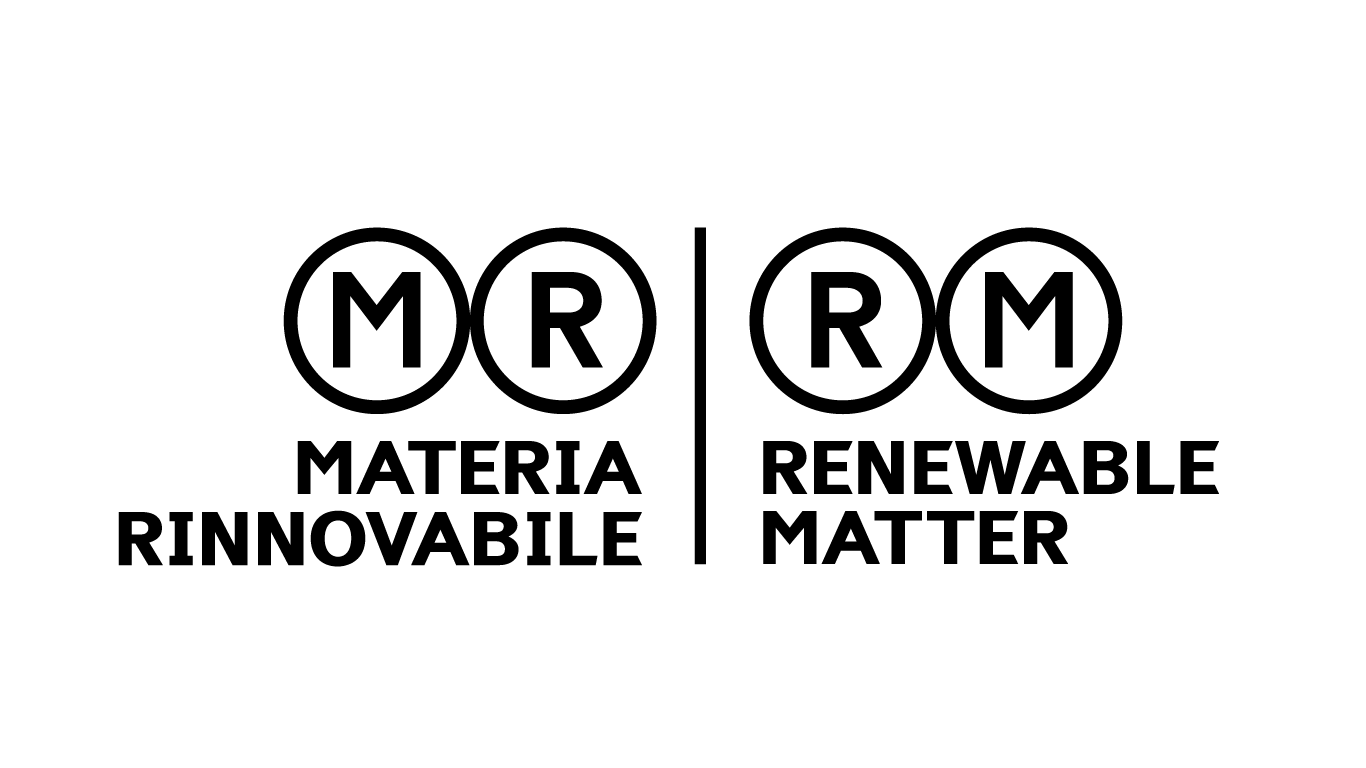This article is also available in Italian / Questo articolo è disponibile anche in italiano
Roughly half of the oxygen we breathe comes from the oceans, which also serve as the planet’s main climate regulator. Every year, oceans absorb 30% of global CO₂ emissions and retain over 90% of the excess heat associated to these emissions.
Because of this crucial role, and just few days after the close of the third United Nations Ocean Conference (UNOC3), it is worth reflecting on a new technological frontier: storing CO₂ in the marine environment – either beneath the seabed or directly in ocean water. These approaches, although different in nature and maturity, are being explored to complement natural processes and are attracting investment and high expectations. Yet, there is still a long way to go.
CO₂ storage at sea: “traditional” methods
The CO₂ supply chain consists of three main stages: capture, transport and storage – collectively known as CCS (Carbon Capture and Storage). It is particularly relevant for the capture of CO₂ from industrial sources, especially in hard-to-abate sectors such like steel manufacturing, chemical production and thermoelectric power plants. The capture phase is followed by transport, often via pipelines, which convey the CO₂ to designated storage sites.
Several methods exist for geological CO₂ confinement. In addition to depleted hydrocarbon reservoirs, one possibility is mineralisation in ultramafic rocks, such as basalts. Here, CO₂ reacts with the minerals composing the rocks, transforming into stable carbonates. This process is also considered a form of storage, capable of retaining CO₂ for long periods, potentially on a geological scale.
Geological storage and mineralisation. What are the uncertainties?
“Everyone wants to use depleted oil and gas fields because they believe they understand them better, thanks to the reservoir engineering involved in extraction”, Grant Hauber, Strategic Energy Finance Advisor Asia at the Institute For Energy Economics And Financial Analysis (IEEFA), explains to Renewable Matter. “The problem, however, is that there's uncertainty about how many perforations have been made in those fields, what kind of well casings are present on those perforations, and how to manage the risk of leakage due to these unknowns. So far, the preferred approach has been to drill new, purpose-built wells specifically for CO₂ disposal. In the UK, for example, with their major North Sea CO₂ disposal hub program, they are planning to exploit these depleted North Sea fields. But their initial projects are focused on newly drilled wells—purpose-drilled for CO₂ injection—just to ensure the system works. Expansion plans would follow later.”
In an analysis dating back to 2023, Hauber highlights that CCS proponents mainly cite the Norwegian projects Sleipner (active since 1996) and Snøhvit (active since 2008) as success stories, with over 22 million tonnes of CO₂ stored and an average of 1.8 million tonnes per year. Around the world, approximately 200 offshore CCS projects aim to capture hundreds of millions of tonnes of CO₂ each year, with investments amounting to hundreds of billions of dollars.
“Most real-world performance data comes from Norwegian projects, as the Norwegians have been very open in sharing their findings. Sleipner, in particular, has become something of a case study, widely used in academia”, Hauber adds. “They provide extensive data to universities on how the injection has been carried out, how it's being modeled, and how it's progressing. But still, it remains very uncertain.”
The unknown factors also concern mineralisation. In fact, this occurs at different rates according on the specific geological formation at the injection site. “In some cases, mineralization can begin within a few years; in others, it might take centuries. It really comes down to the geological luck of where you are. Of course, geophysicists, engineers, and reservoir specialists rely on seismic data and then validate it with core samples and lab testing in order to identify the most suitable sites. That said, we can’t stop research. We need to continue to build up a broad arsenal of different solutions. But the deployment of these technologies must be prioritized based on where the biggest emissions are and where the most critical damage has occurred. Financial resources, corporate interest, and public engagement are limited.”
Direct storage of CO₂ in seawater: the first prototypes
A third way of removing and storing CO₂ in the marine environment is beginning to emerge. This does not involve storing CO₂ under the seabed, but rather directly in the ocean water in the form of calcium bicarbonates. “This material exists in the oceans in astronomical quantities, we are talking about over 100,000 billion tonnes of bicarbonates,” explains Stefano Cappello, CEO & Founder of Italian start-up Limenet. "The idea is therefore to slightly increase this concentration to allow the oceans to store more CO₂. And I stress: store, not capture. There are also companies working on technologies to extract CO₂ already dissolved in seawater, but that's another matter."
Unlike geological storage, which has been around for decades but has mainly been used to extract more oil by injecting CO₂ into reservoirs, Limenet's technology aims to store CO₂ permanently right from the start. While traditional CCS requires complex infrastructure to capture, transport and store CO₂ underground, Limenet's modular plants operate directly on the coast, reducing logistical barriers.
However, Limenet is not the only company around the world that is developing this type of technology. “To date, we are eleven in total. For example, there is Equatic in Singapore, Captura in California, Planetary Technologies in Canada and Planeteers in Germany. Some of these are still at the embryonic stage, while others, like us, already have a functioning plant,” adds Cappello.
According to Limenet, the plant inaugurated in September 2024 in Augusta, Sicily, is currently the largest in the world in terms of marine CO₂ storage capacity. It can convert 100 kg of CO₂ per hour into calcium bicarbonate.
The project represent a significant scale-up compared to the pilot plant launched in La Spezia in 2023, since it is a hundred times larger. Limenet’s technology requires approximately one cubic metre of calcium carbonate for every tonne of CO₂ removed. According to Cappello, in its initial phase, the process does not rely on freshly quarried rock, but instead uses waste from the lime industry. Given the amount of material currently available, this source can sustain operation up to an industrial scale, potentially reaching gigatonnes of CO₂.
The Limenet case study
On 8 June 2025 – World Oceans Day – the start-up presented early findings from two scientific studies on the environmental impact of its technology for marine CO₂ removal and storage via a natural chemical process.
The first study, conducted in La Spezia with the University of Milan-Bicocca, analysed the effects of bicarbonate solutions on seawater. It identified potential benefits for the stability and resilience of phytoplankton, notably in port environments, with positive implications for carbon sequestration and acidification mitigation.
The second study, carried out at the Augusta plant with the CNR-IRBIM in Messina, assessed the short-term ecotoxicity of the water produced by the Limenet process. Preliminary results show no harmful effects on the marine organisms analysed.
“As for the energy required today, in the prototype phase, we consume around 2.5 megawatts per tonne of CO₂ captured, transported and stored. It is an high figure, but expected at this stage,” explains Cappello. "The energy must come from the grid through contracts that guarantee the use of renewable sources. Moreover, we could consider photovoltaic or wind farms or, in the future, even small nuclear reactors. The important is that this is low-carbon energy. Together with the Politecnico di Milano, we have also conducted a life cycle analysis. Inefficiencies are around 10%, ranging from 5 to 15% depending on the context. This means that for every 100 kilograms of CO₂ removed, we generate maximum 10 kilograms of emissions. Notably, this balance also includes the production and end of life of photovoltaic panels and wind turbines."
Also read: Is capturing CO₂ necessary for the climate or for fossil fuel companies?
Cover: Envato image



